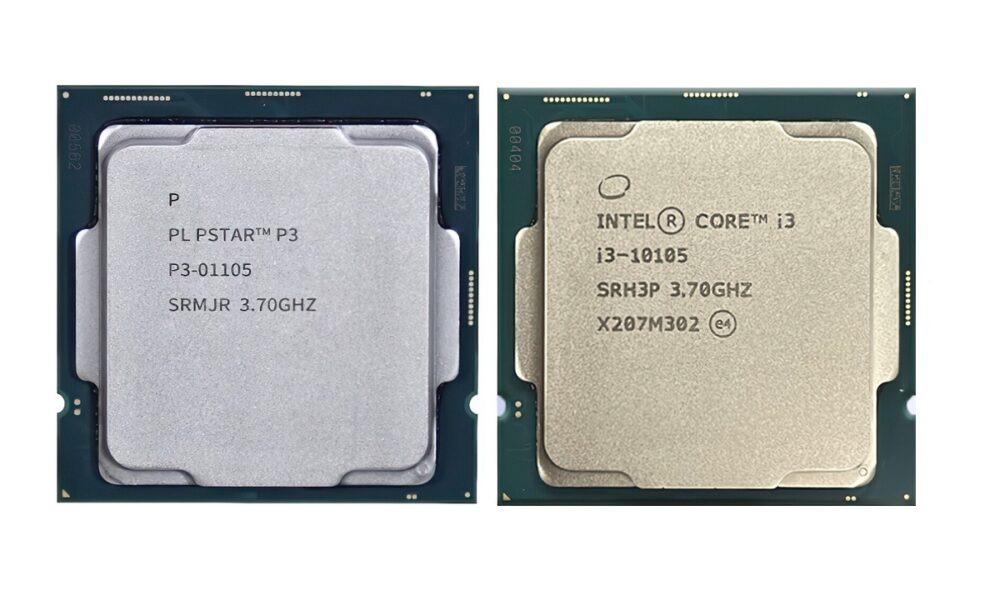
It is not a secret to anyone, China has spent years trying to achieve some independence in the technology sector, and for this it has invested large amounts of money in the development of its own components. recently jumped rumor has it that he had even managed to design his own x86 CPU, but in the end it has been confirmed that this is not the case. If Zhaoxin has come to mind, I would remind you that she does not design her own x86 CPUs, but rather reuses existing designs from companies such as VIA, among others.
I put you in situation. A few days ago the Chinese company PowerLeader, dedicated to the manufacture of computer components, presented its line of Powerstar processors, and in that announcement the PSTAR P3-01105 stood out. This set off all the alarms precisely for this reason, because for some it could be the first x86 CPU with its own design, but we already know that this is not the case, and that in reality we are dealing with a simple copy of an Intel processor, specifically the Core i3-10105.
From the moment the first image of the PSTAR P3-01105 was shown many similarities were already appreciated between the package and the IHS of this and that of the Core i3-10105, so the truth is that it does not catch us by surprise. You can see it clearly in the cover image. On the other hand, the specifications also matched, since the PSTAR P3-01105 has four cores and eight threads, although its working frequency is 3.7 GHz, that is, 100 MHz higher.
The most curious thing about all this is that, from the beginning, PowerLeader treated the PSTAR P3-01105 as if it were really a new processor, and as if it were based on a unique design of the company, in fact, he said that he used the “storm core” architecture, when in fact his base is Skylakeand is part of Intel’s Comet Lake-S generation.
In terms of performance, it is a processor that has been widely surpassed and that in its original version it hit the market in 2020. Nor does it particularly shine for its configuration of cores and threads, since it only has four and eight respectively. However, it is true that today it remains a fairly capable processor for office tasks, it can move relatively demanding 3D applications, such as games, although not optimally, and it is quite cheap.
Taking into account the market that PowerLeader is targeting, the truth is that it is a pretty successful chip, and it could easily meet its sales targets if the price does not skyrocket, although the truth is that I cannot help but wonder if we will see, in the future, more processors of this style, that is, more PowerLeader chips based on “old” processors from Intel.



